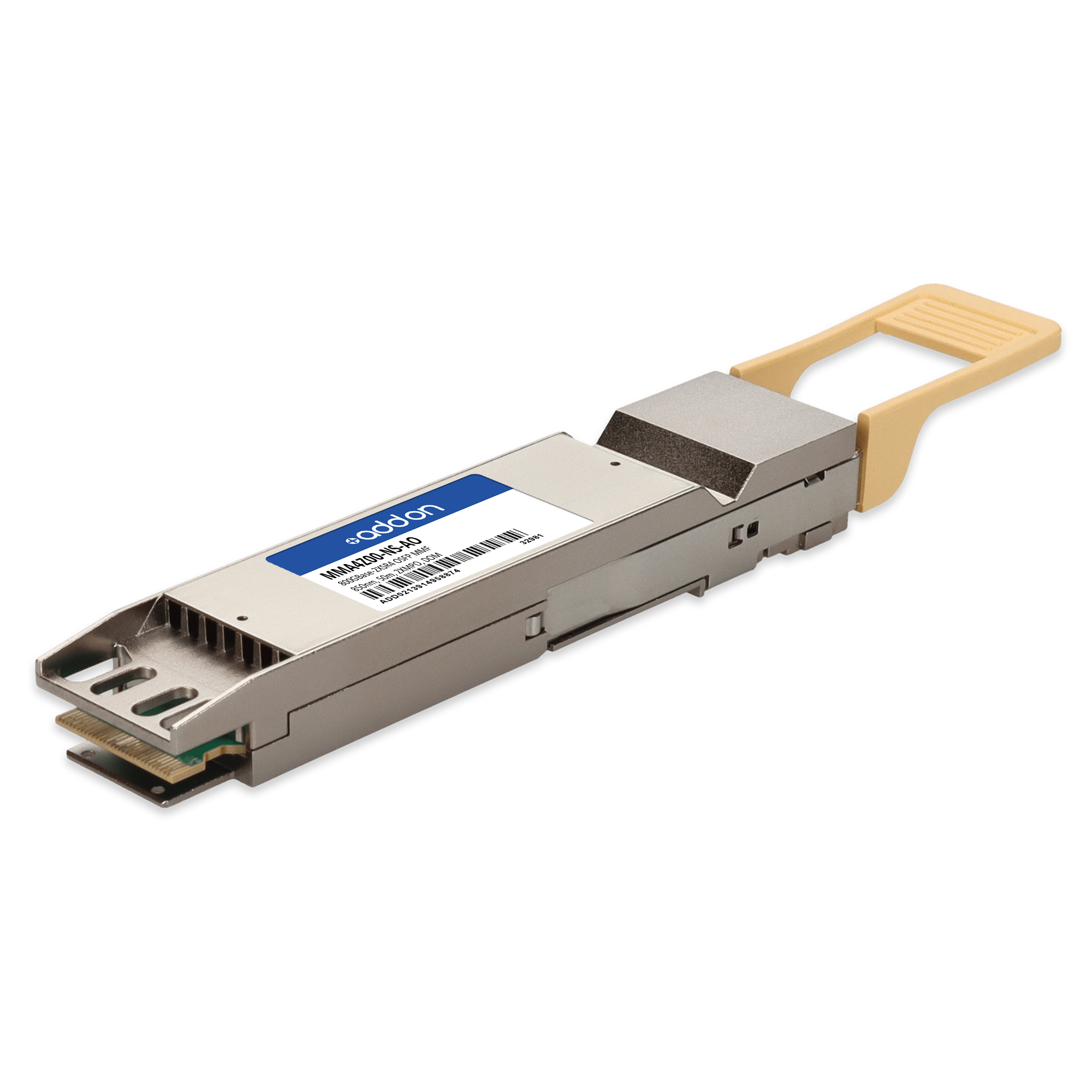Artificial Intelligence (AI) data centers are at the forefront of technological innovation, driving advancements in various fields such as healthcare, finance, and autonomous systems. As the demand for AI applications grows, so does the need for data centers that can support immense computational and storage requirements. One of the critical components in ensuring that AI data centers can scale effectively is the use of 100G modules. These high-speed transceivers are designed to provide the necessary bandwidth and low latency needed for AI workloads. This article explores how 100G modules support the scalability of AI data centers, meeting the ever-increasing demands for computing and storage, while ensuring system flexibility and scalability.
Meeting High Bandwidth Demands
AI workloads are data-intensive, often requiring the processing of massive datasets to train and run models. Traditional network solutions can struggle to keep up with the data transfer rates required for these tasks, leading to bottlenecks and inefficiencies. 100G modules offer a solution by providing up to 100 gigabits per second (Gbps) of data transfer speed. This high bandwidth is crucial for the rapid movement of large datasets between storage and processing units, ensuring that AI models can be trained and deployed without unnecessary delays.
The high bandwidth provided by 100G modules also supports the parallel processing capabilities of AI data centers. As AI applications often involve running multiple processes simultaneously, the ability to handle large volumes of data concurrently is essential. By leveraging 100G modules, data centers can ensure that data flows smoothly across all nodes, maximizing the efficiency and speed of AI computations.
Reducing Latency for Real-Time Applications
In addition to high bandwidth, AI data centers require low latency to support real-time applications such as autonomous vehicles, real-time analytics, and instant decision-making systems. 100G modules excel in this regard by significantly reducing latency in data transmission. Lower latency ensures that data can be processed and analyzed quickly, which is vital for applications that depend on real-time data inputs and outputs.
For example, in autonomous driving, vehicles must process sensor data and make driving decisions within milliseconds. 100G modules help facilitate this by providing the necessary low-latency connections, ensuring that critical data is transmitted and processed almost instantaneously. This capability is crucial for the safe and efficient operation of real-time AI applications.
Supporting Scalability and Flexibility
AI data centers must be able to scale efficiently to accommodate growing computational demands. 100G modules support this scalability by enabling the seamless addition of new servers and storage units without disrupting existing operations. This modular approach allows data centers to expand their capabilities incrementally, investing in additional resources as needed.
Furthermore, the compatibility of 100G modules with a wide range of network equipment ensures that they can be integrated into existing infrastructures with minimal hassle. This flexibility is crucial for data centers looking to upgrade their networks without undertaking a complete overhaul. By integrating 100G modules, AI data centers can scale their operations smoothly and cost-effectively, maintaining high performance and reliability.
Enhancing Storage Capabilities
Storage is another critical aspect of AI data centers, given the enormous volumes of data generated and used by AI applications. 100G modules enhance storage capabilities by facilitating faster data transfer between storage devices and processing units. This capability is essential for maintaining the efficiency of AI workflows, particularly when dealing with large datasets.
The ability to quickly move data between storage and processing units ensures that AI models can access the data they need without delays. This efficiency is crucial for tasks such as data preprocessing, model training, and inference, where timely access to data can significantly impact performance. By leveraging 100G modules, AI data centers can ensure that their storage systems keep up with the high-speed demands of AI applications.
Future-Proofing AI Data Centers
As AI technology continues to evolve, the demands placed on data centers will only increase. 100G optical modules offer a future-proof solution by providing the scalability and performance needed to support the next generation of AI applications. By investing in 100G technology, data centers can position themselves to handle the growing computational and storage needs of AI, ensuring they remain competitive and capable of supporting cutting-edge innovations.
Conclusion
The scalability and flexibility of 100G modules make them an indispensable component in the modern AI data center. By providing high bandwidth, low latency, and seamless integration, these modules support the growing computational and storage demands of AI applications. As AI continues to advance, the role of 100G modules in ensuring the efficient and scalable operation of data centers will become increasingly important. Investing in this technology is a strategic move for any organization looking to harness the full potential of AI.



